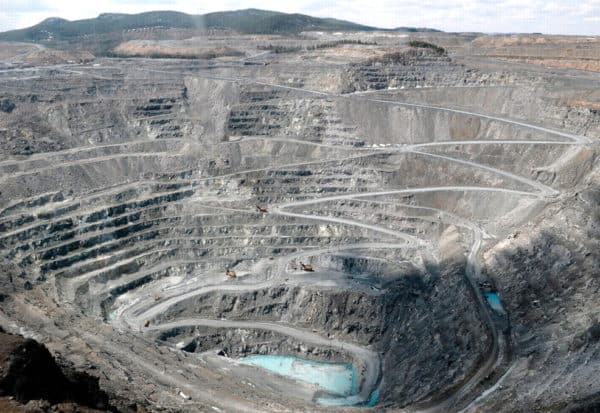How did Canada finally ban asbestos?


How did Canada finally ban asbestos, and why did it take so long?
The process was a long time coming, says activist and senior human rights advisor to the Rideau Institute in Ottawa, Kathleen Ruff, who in a recent article for the International Journal of Environmental Research and Public Health argues that, in the end, the key to the turnaround was getting at both the hearts and minds of ordinary Quebecers.
The federal government’s promise in December, 2016, to ban asbestos by 2018 was a bittersweet victory, as asbestos mining, which had been going on across Canada and, especially, in Quebec for over a century had already proven to be a public health disaster, leading to literally thousands of deaths from cancer and lung disease.
But even just a few years earlier, that victory seemed very far away, as up until the late 2000s, the deck was firmly stacked against both the victims of asbestos and those campaigning for an outright ban.
Less than ten years ago, the asbestos industry enjoyed the support of every Quebec and Canadian political party…
“Less than ten years ago, the asbestos industry enjoyed the support of every Quebec and Canadian political party,” writes Ruff, who was herself a key player in the campaign against asbestos. (Last year, Ruff, a BC resident, received a medal of honour in Quebec’s National Assembly for her decade of work to halt the asbestos industry in that province.)
“The Jeffery mine in the town of Asbestos and the LAB Chrysotile mine at the town of Thetford Mine were moving forward in 2012 with plans to expand the mining and export of asbestos for the next twenty years,” writes Ruff. “They had the full support of the Quebec and Canadian governments.”
Ruff describes the scene before the shift in public opinion as one involving a concerted effort on the part of both the asbestos industry and governments of all orders to use both public intimidation, political and financial resources and, most importantly, skewed scientific evidence to keep afloat an industry in Quebec which the rest of the world had already given up on as a health catastrophe.
Politicians, trade union leaders and lobbyists were all heavily invested in maintaining the asbestos industry, whose roots ran deep in the province and had whole towns depending on it for survival.
Again and again, we see how vested interests—whether asbestos, tobacco, the fossil fuel industry, hazardous chemicals, the sugar industry—distort scientific evidence and corrupt public policy so that it serves industry profits instead of the public good…
“When efforts were made to create an asbestos victims organization and hold a meeting in Thetford Mines in 2008, they were met with ugly insults and threats,” writes Ruff.
How did the tide turn? Ruff says it took a series of small but meaningful actions to build up both media interest and public support for the movement. Those actions were taken by first a few and then a growing group of academics and health professionals within Quebec who had the courage to challenge the industry propaganda that claimed asbestos, at least the kind mined in Quebec, was not a health hazard.
One such event was the September 2009 publication in La Presse of an open letter from 15 prominent Quebec scientists calling on the government to respect scientific evidence. “This infamy is no longer defensible,” read the letter. “It is time to align ourselves with the truth.”
One by one, the dominoes fell. The federal NDP became the first party to call for a ban of asbestos in April of 2009, followed in February 2010 by the provincial party, Quebec Solidaire. The first trade union in Quebec to quit its support of the industry took their position in 2011. Others followed suit, and by 2012, the only political parties still on side with asbestos were Jean Charest’s Liberals in Quebec and Stephen Harper’s Conservatives in Ottawa.
Then, in June of 2012, Charest approved a controversial loan of $58 million to the Jeffery mine, and public condemnation exploded. Three months later, a provincial election ousted Charest, and the incoming Parti Quebecois abruptly cancelled the loan.
The final nail in the coffin came three years later, with Justin Trudeau’s victory and subsequent announcement of an asbestos ban.
Ruff says that the asbestos story is a lesson on the importance of protecting scientific integrity in the face of propaganda.
“Again and again, we see how vested interests—whether asbestos, tobacco, the fossil fuel industry, hazardous chemicals, the sugar industry—distort scientific evidence and corrupt public policy so that it serves industry profits instead of the public good,” writes Ruff.
“It is essential that scientists not be silenced and fulfill their responsibility to defend scientific integrity and evidence-based public policy,” she writes.

